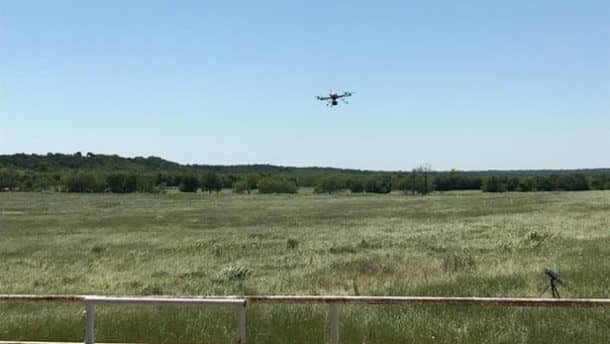Drones stepped into battlefields nearly a century ago and over this time, as the technology has evolved, they are changing our way of life in so many ways. While most know their use as photography drones, they are being used for extreme sports, disaster relief, rescue operations, delivering aid, and now for providing cellular coverage in far off areas.
A British Drones telecom company has plans to use helium balloons to provide service in rural areas, but a team of researchers at the University of Texas (UNT) has demonstrated the idea of using a drone-based network as temporary communication provider in the event of a disaster.

When disasters like earthquakes, storms, tornadoes, floods, and hurricanes strike, they leave nothing behind but mass destruction. People working on the rescue operations have an even harder time coordinating due to lack of communication networks calling for the need of a temporary communication solution.
The University of Texas team has developed “the first-ever drone-provided cell service” that they call the Aerial Deployable Communication System. The researchers have successfully demonstrated the system in a test in Waxahachie, Texas where they fixed it to a drone and sent it up to an altitude of 121 m (400 ft). The technology is designed to tune into the bandwidth assigned to the first responders, offering them a temporary replacement for the damaged cell towers.
Associate Professor at the Department of Electrical Engineering at UNT, Kamesh Namuduri explained, “We demonstrated a portable communication system that can be attached to a drone. The system, with just 250 milliwatts transmit power, is capable of providing instant cellular coverage up to two kilometers during disaster-relief operations. If the system is scaled with a 10 watt transmit power, the system can provide cellular coverage to the entire city of Denton (Texas).”
The team will present the communication system in August at the 2017 Global City Teams Challenge Expo in Washington, D.C.


